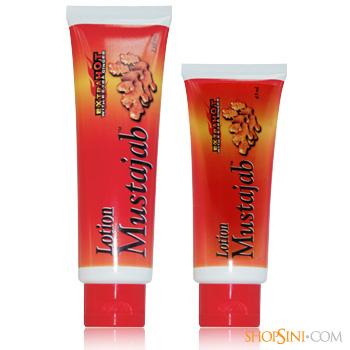
Taking care of your nails is often an overlooked aspect of daily personal grooming, yet it plays a vital role in your overall health and appearance. Healthy nails are not just a sign of good hygiene; they reflect your general well-being and can enhance your confidence. Many people face nail problems such as brittleness, discoloration, or peeling, which can be distressing. Understanding the best practices for nail care can help you achieve and maintain beautiful, strong nails.
Establishing a daily nail care routine can make a significant difference in the health of your nails over time. From regular trimming and filing to moisturizing and protection, each step contributes to nail health and prevents common issues. In this article, we will explore essential nail treatment techniques and habits that will help you master the art of nail care, ensuring your nails not only look polished but are also healthy and resilient.
Essential Nail Care Practices
Maintaining healthy nails begins with proper cleaning. It is essential to wash your hands regularly and ensure that dirt and bacteria do not accumulate under the nails. Use a mild soap and warm water, and consider a soft brush for gentle exfoliation of the nails and cuticles. This process not only helps to keep your nails clean but also promotes overall nail health by preventing infections.
Moisturization plays a crucial role in daily nail care. Applying a nourishing cuticle oil or a hand cream that contains ingredients like vitamin E or shea butter can significantly improve the health of your nails and cuticles. Make it a habit to moisturize your hands and nails after washing them or whenever they feel dry. This step is vital as well-hydrated nails are less prone to breakage and damage.
Regular trimming and shaping of your nails helps to prevent potential nail problems. Use a good quality nail clipper to keep your nails at an appropriate length, and follow up with a file to smooth any rough edges. This not only enhances their appearance but also reduces the risk of snagging or splitting. It's important to pay attention to the shape that suits your hands, as well-shaped nails are not only aesthetically pleasing but also contribute to nail health.
Common Nail Problems and Solutions
Nails can experience a variety of issues that may affect their appearance and health. One common problem is brittleness, which can lead to splitting or cracking. This often occurs due to environmental factors such as exposure to harsh chemicals or excessive water. To combat brittleness, maintaining proper hydration is essential. Applying a nourishing cuticle oil or vitamin E oil can help strengthen the nails. Additionally, consider wearing gloves when doing household chores to protect your nails from damage.
Another prevalent issue is discoloration. Nails can turn yellow or develop white spots for various reasons, including nail polish stains, fungal infections, or nutritional deficiencies. To treat this, it is important to determine the underlying cause. If the discoloration is due to polish, ensure you use a base coat to prevent staining in the future. For fungal infections, seeking medical advice for appropriate treatment is crucial. Eating a balanced diet rich in vitamins can also help maintain healthy nail color.
Ingrown nails are another common concern, particularly for those who wear tight shoes or have improperly trimmed nails. This condition can cause pain and lead to infections if left untreated. To alleviate ingrown nails, always trim your nails straight across rather than rounding the edges. If you find yourself with an ingrown nail, soaking the affected foot in warm, soapy water can provide relief. In persistent cases, consulting a healthcare professional may be necessary to prevent further complications.
Nail Health Tips for Daily Maintenance
To maintain healthy nails, start by keeping them clean and dry. Wash your hands regularly and ensure you thoroughly dry them afterward. Moisture can lead to fungal infections, so it's important to avoid dampness under the nails. Use a gentle soap and, if necessary, a soft brush to remove any dirt around the nail beds. Regularly check the areas between your fingers and toes to prevent buildup, which can contribute to nail problems.
Hydration plays a crucial role in nail care. Apply a nourishing hand cream to your hands and nails daily, particularly after washing them. Look for products that contain ingredients like jojoba oil or vitamin E, which can help strengthen your nails and prevent brittleness. Additionally, consider incorporating a nail oil into your routine; massaging it into your cuticles and nails can promote overall nail health and shine.
Finally, pay attention to your diet, as it directly impacts nail condition. Ensure you're consuming enough vitamins and minerals, especially biotin, zinc, and proteins. Foods like nuts, legumes, and leafy greens can significantly benefit your nail health. If you notice any persistent nail issues, such as discoloration or unusual shapes, consult a healthcare professional for targeted nail treatment options. CommonBeauty.net
